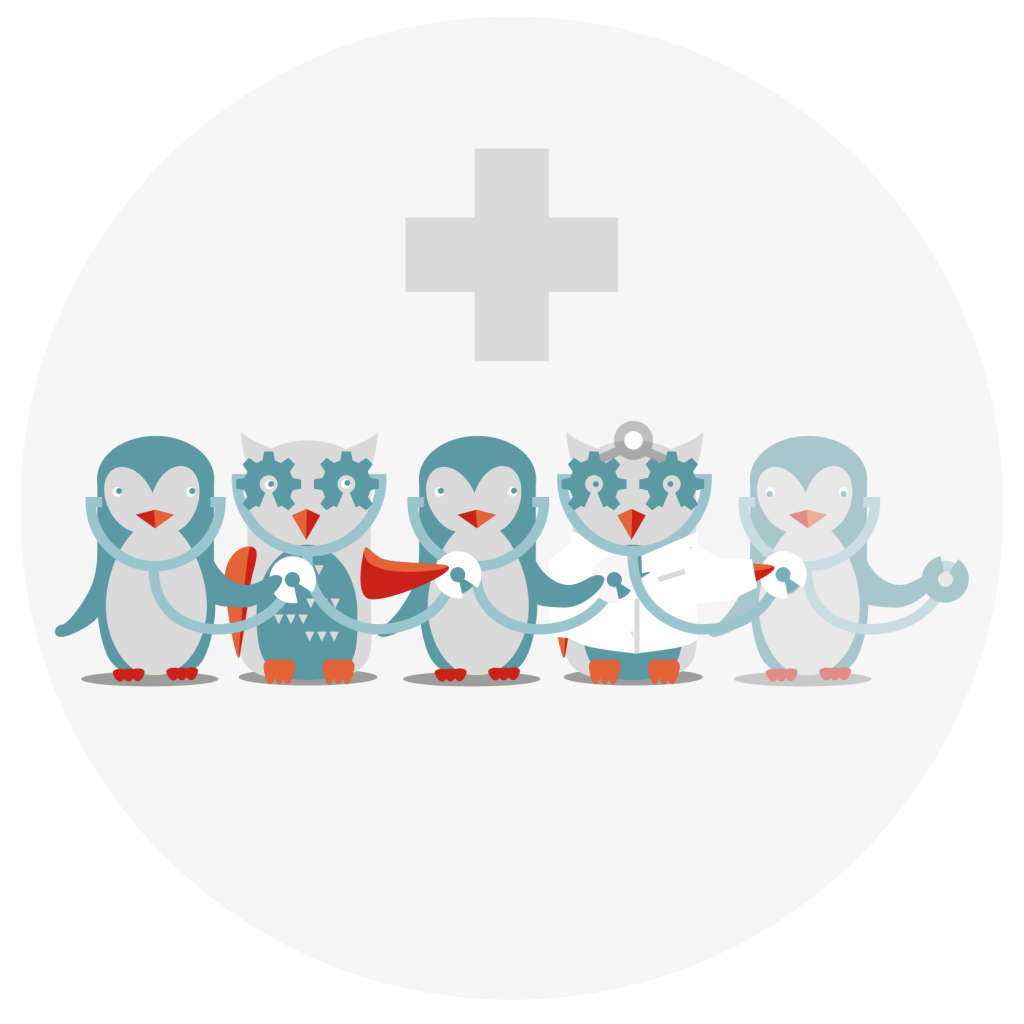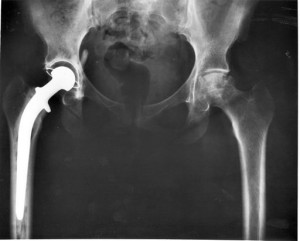19 – Health Care & Openness

On the 19th of December readers of the open source christmas calendar ask themselves: How does the paradigm of open source influence health care? Has it changed anything at all? And what benefits can we expect from it?
To answer these questions, let’s ask another question first:
What is health care?
One way health care can be understood is as the entirety of all scientific, governmental, civic and economic efforts made to recover, maintain and foster human health.
As part of those efforts, we (as in society) run hospitals and engineer incredible high-tech machinery such as fMRI scanners, surgery robots or neurostimulators, like the cochlear implant. We decipher the human genome, grow organs from stem-cells, manufacture complex proteins and synthesize new compounds for use in medication. We connect sensors to monitor health parameters and design ever more intelligent software to anticipate possible complications.
In which of those activities does the open source paradigm play a role? Fortunately…in ALL of them. Let’s take a look at some examples.
Health management software
„Medical software helps ease the work of health care providers and administrators to provide them with the tools to improve health outcomes all over the world.“ [1]
OpenMRS is a software used to manage patient related information and can be used in hospitals to support the necessary information flow between nurses, doctors and other practitioners. In fact, no serious hospital can be run without such a software. It is a great example of an open source software developed by a world-wide community of volunteers. Of course there are more open source solutions: Gaia EHR, Gnumed, GNU Health. All of them made by people who believe in the value of sharing. Nice!
To support information exchange between IT systems, a common understanding of format and protocol is necessary. FHIR aims to become such a standard and is developed by a transparent community and using open source technologies.
Soft and hard shake hands (…and bones)
Check this! Slicer is a software platform for the analysis, processing and visualization of medical images. Among many other supported use cases, it can be used to design individualized prosthetics. In combination with open source 3D-Printing technologies it makes possible the manufacturing of replacements for parts of the human body.
„Printing out a broken bone is not a first,“ says orthopaedic surgeon Boyd Goldie. „However, the use of the open source software 3D Slicer and an affordable 3D printer is.“ [2]
In the story of Tal Golesworthy, these technologies play an essential role in his remarkable endeavour: Together with a team of doctors and engineers that he himself assembled, he successfully set out to develop a new method to treat his heart condition …and was the first person to undergo this new type of surgery.
Open discovery
Costly medication, mainly provided by very much for-profit companies, are a major cost driver in any health care system. Drug discovery is an expensive process that always carries the risk of failure. Not to speak of the costs associated with the admission to the market. Therefore, pharmaceutical companies keep all their knowledge and efforts secret and protect their products with expensive patents. This is to the disadvantage of the general public and while millions of people can not afford available medication, pharma companies still make billions of profit every year. Time for sharing… Meet open source drug discovery – a model for open and collaborative development of new drugs without intellectual property restrictions.
LabKey Sever is a software solution to support such collaborative medical research. It allows research teams across the globe to integrate, analyze and share biomedical research data. When medical research data is shared rather than kept secret, everybody can benefit from the efforts undergone by other parties. Costs for innovation decrease as risks are distributed on many shoulders.
Within the The Open Source Malaria project researchers publish their experiments in a shared LabNotebook and collaborate on the research of cheap chemical compounds that might be useful for treating Malaria.
Open patients
Last but not least: The patient himself. As Tal Goleworthy’s story shows to us, patients are an incredible resource in the entire game of health care. They create communities, exchange experience and give each other support and with the uprise of internet’s social technologies, the possibilities for sharing and caring are increasing.
Some noticeable examples are patientslikeme.com, www.dailystrength.org, openmediaid.org, www.crowdmed.com, www.curecrowd.com. And there are many more to come…
More?
- List of Open-Source-Health Software (WP)
- 3d printer viable tool healthcare (opensource.com)
- Year review open source health (opensource.com)
- Open Source Research (openwetware.org)
- Open Source Drug Discovery (WP)
- Cochrandelibrary
—
Author of this window: Benjamin Diedrichsen, Founder of OPENMEDiAID
